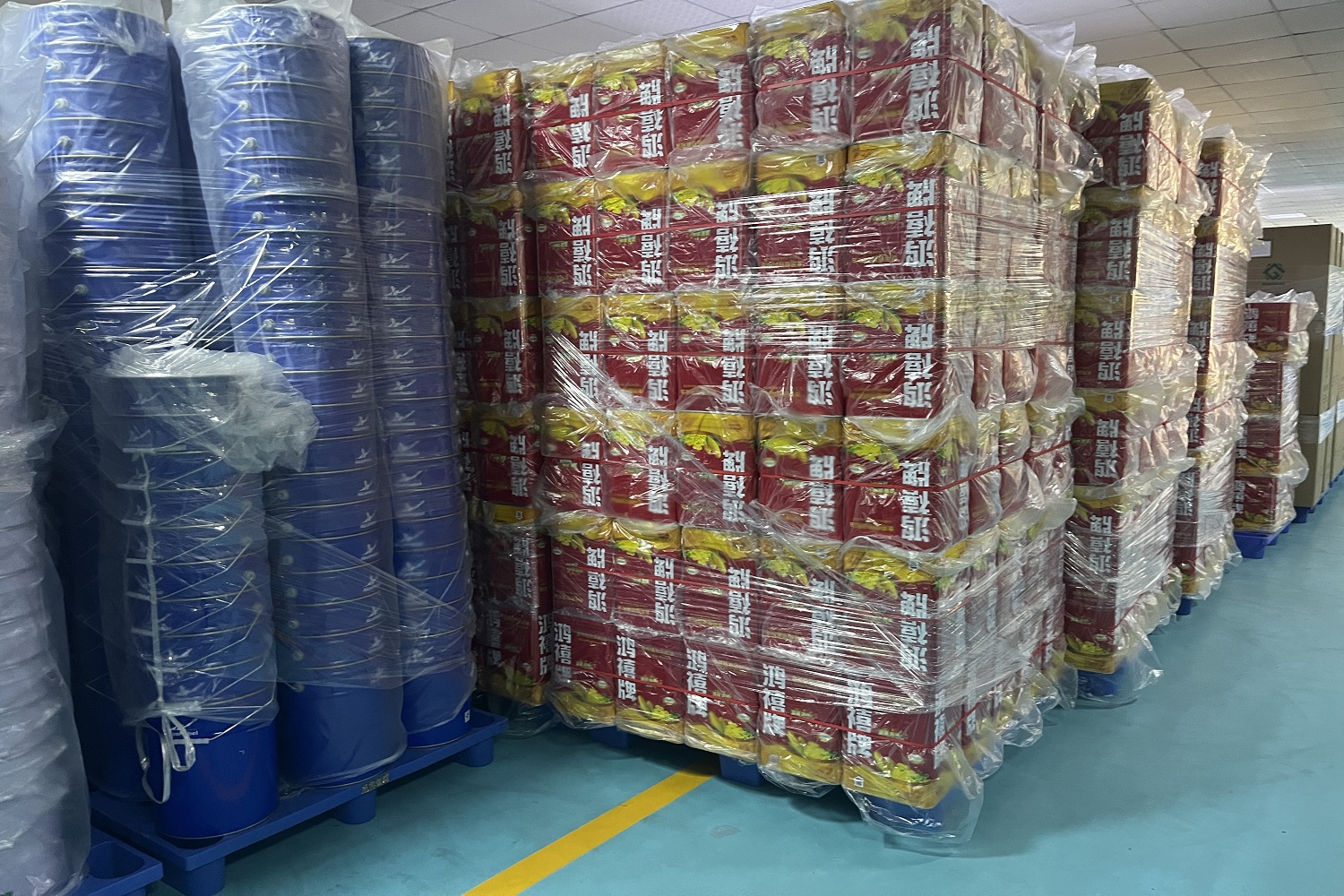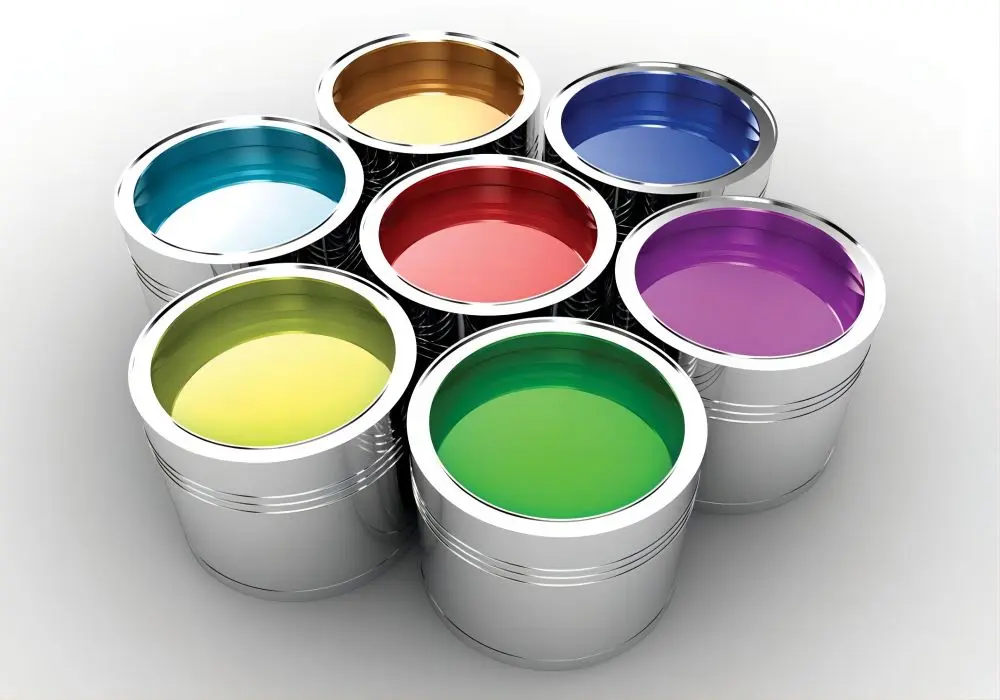Metal Can Seaming Process: Key Adjustments and Operation Steps
Although metal cans have been around for nearly 200 years, they remain the most economical, environmentally friendly, and safe packaging option available today. Double seam plays a decisive role in ensuring the sealing of metal cans. Both canning and quality control personnel must undergo rigorous training to ensure the sealing quality of cans. This article focuses on the adjustment of can seaming machines and the internal structure of double seams.
Once the can body is combined with the can lid and fixed between the pressure head and the bottom support plate, the double seam process begins. There are many types of can seaming machines. In terms of transmission, some have upper pressure head transmission, while others have upper pressure head and bottom support plate synchronized rotation. Some can seaming machines seal the can while the can is stationary, and sealing is achieved through the movement of rollers. However, regardless of the type of can seaming machine, there are two parameters that must be considered when adjusting the bottom support plate: the spring pressure under the bottom support plate and the distance between the pressure head and the bottom support plate.

The correct spring pressure under the bottom support plate must consider the can type and the material of the can body. Traditionally, for beverage cans with a diameter below 73mm, the spring pressure is between 45~65kg, while for steel food cans, it is between 75~95kg. The deformation of Angelus bottom support plate spring is 0.55mm, while for Continental Can Company’s can seaming machine, the spring deformation is between 0.76~0.89mm. However, with the continuous change of can lid and can body materials and the continuous emergence of new types of can seaming machines, the spring pressure and deformation must follow the recommended values of the can seaming machine manufacturer.
While adjusting the bottom support plate pressure, another parameter that needs to be adjusted is the height of the upper pressure head. If the upper pressure head is set too low, the can body may be crushed, while if it is set too high, the upper pressure head may slip over the can lid, or even fail to seal. The reference formula for adjusting the height of the upper pressure head is as follows:
Height of upper pressure head = Height of empty can before seaming – Height of pressure head curl – Height loss during seaming (approximately 0.5mm) – Deformation of bottom support plate spring (approximately 0.63mm)
Due to the continuous change of can making materials, the parameters in the above formula are for reference only. However, the formula at least demonstrates the factors that should be considered when adjusting the height of the upper pressure head.
After adjusting the bottom support plate pressure and the height of the upper pressure head, several other issues must be observed:
- Parallelism between the upper pressure head and the bottom support plate (please refer to the production equipment manual of the can seaming machine).
- Eccentricity caused by bearing wear under the bottom support plate.
- Rocking during seaming caused by wear of the bottom support plate.
- Changes in the seaming structure caused by fatigue of the bottom support plate spring.
- Matching between the upper pressure head and the can lid.
First Step Operation
The first step operation begins when the first roller starts to press the can lid, transmitting pressure from the can lid to the flanged part of the can body. At this point, the flanged part of the can body gradually extends towards the curled part of the can lid. Finally, the curled part of the can lid is interlocked with the flanged part of the can body.
The first step operation is the key to the entire double seaming process. It can be said that 90% of the seaming work is completed after the first step operation. Defects caused by improper first step operation cannot be corrected in the second step operation. The first step operation controls the formation of the cover hook. At the same time, the first step operation also affects the burying depth, the formation of the body hook, the wrinkles on the cover hook (detailed in the following sections), and the seaming width. Generally, the tighter the first step operation, the longer the cover hook, and the smaller the seaming width. Due to the continuous use of new materials, the increasing speed of can seaming machines, and the decreasing size of seams, it is difficult to provide a standard shape for the first step seaming. However, there is some experience for reference: the bottom of the completed first step seam should be a smooth arc rather than “flat”, and the curled part of the lid should be a smooth arc close to the can body wall. The edge of the curled part of the lid should not “stab into the can body”, otherwise, it may easily cause damage to the can wall.
The completed first step seaming must be inspected regularly. In addition to external dimensional measurements, tearing and cross-sectional analysis are also required, which is similar to the structural analysis of the final seaming. The wrinkles on the cover hook after the first step operation should be high-frequency low-amplitude ripples, and high-amplitude low-frequency ripples will cause many seaming defects.
In addition, the perpendicular position of the first roller to the upper pressure head should be given sufficient attention. The optimal spacing should be between 0.076~0.13mm (specific data refer to the instructions of the can seaming machine manufacturer). At the same time, the seaming gap of the first step operation must be controlled within 0.076mm.
Second Step Operation
After the first step operation is completed, the first roller exits, and then the second roller advances. As the squeezing intensifies, the wrinkles left by the first roller on the cover hook are flattened.
While flattening the wrinkles, the sealing compound on the can lid undergoes “flow” during squeezing. It is this “flow” that fills the small “leakage” channels present in the double seam, thus achieving sealing. In the completed double seam, there are two cavities called the upper tunnel and the lower tunnel, respectively. The lower tunnel and the surrounding area (the area where the body hook rolls into the curled part of the can lid) are called the main sealing area. To achieve good sealing, the lower tunnel must exist and must be filled with sealing compound.
Due to the thinning of can making substrates and the use of cold-rolled steel sheets, traditional second rollers have difficulty in tightly sealing the seam in the second step operation. In order to tighten the second step seaming, the designs of many well-known companies’ rollers, especially the second rollers, have undergone significant changes.
Compared with the first step operation, the second step operation is relatively simple. The purpose of the second step operation is to tighten the seam. Like the first step operation, the seaming gap of the second step operation must be controlled within 0.13mm.



